In the world of investments, risk is an inevitable component. However, understanding and managing these risks can make the difference between financial success and failure. Risk management involves identifying potential risks, assessing their impact, and implementing strategies to mitigate them. This article explores various risk management strategies that investors can use to protect their portfolios and achieve their financial goals.
Understanding Investment Risks (Risk Management)
Investment risk refers to the potential for loss or the uncertainty regarding the returns from an investment. Common types of investment risks include:
– Market Risk: The potential for losses due to changes in the overall market.
– Credit Risk: The risk that an issuer of a bond or other debt instrument may default.
– Liquidity Risk: The risk of not being able to sell an investment quickly without affecting its price.
– Inflation Risk: The risk that inflation will erode the purchasing power of returns.
– Interest Rate Risk: The risk that changes in interest rates will negatively affect the value of bonds or other fixed-income investments.
Effective Risk Management Strategies
1. Risk Management – Diversification
– Asset Diversification: Spread your investments across different asset classes, such as stocks, bonds, real estate, and commodities, to reduce exposure to any single asset class.
– Sector Diversification: Invest in a variety of sectors (e.g., technology, healthcare, consumer goods) to minimize sector-specific risks.
– Geographic Diversification: Allocate investments across different countries and regions to mitigate regional economic risks.
2. Asset Allocation
– Strategic Allocation: Develop a long-term asset allocation strategy based on your financial goals, risk tolerance, and investment horizon. Adjust the allocation mix between stocks, bonds, and other asset classes accordingly.
– Tactical Allocation: Adjust asset allocation periodically based on short-term market conditions or economic outlooks to capitalize on potential opportunities and reduce risks.
3. Regular Portfolio Rebalancing
– Maintain Balance: Periodically review and adjust your portfolio to ensure it remains aligned with your strategic asset allocation. This involves buying or selling assets to return to your target allocation.
– Risk Management: Rebalancing helps manage risk by preventing overexposure to any single asset class due to market movements.
4. Risk Assessment and Tolerance
– Risk Profiling: Assess your risk tolerance, which is influenced by factors such as age, financial situation, investment goals, and psychological comfort with risk.
– Adjust Strategy: Tailor your investment strategy to match your risk tolerance, ensuring you are comfortable with the level of risk you are taking on.
5. Hedging with Derivatives
– Use of Options: Employ options strategies, such as puts and calls, to hedge against downside risk or enhance returns.
– Futures Contracts: Use futures contracts to hedge against price changes in commodities or securities.
– Understanding: Ensure you have a strong understanding of derivatives before using them, as they can be complex and carry their own risks.
6. Setting Stop-Loss Orders
– Automatic Selling: Implement stop-loss orders to automatically sell an asset when its price falls to a predetermined level. This helps limit potential losses.
– Discipline: Stop-loss orders enforce disciplined selling and prevent emotional decision-making during market downturns.
7. Diversified Income Sources
– Multiple Revenue Streams: Invest in income-generating assets, such as dividend-paying stocks, bonds, and real estate, to ensure a steady income stream.
– Minimize Impact: Diversified income sources reduce the impact of poor performance in any single investment.
8. Emergency Fund
– Liquidity Cushion: Maintain an emergency fund separate from your investment portfolio to cover unexpected expenses or financial needs. This prevents the need to liquidate investments during market downturns.
– Peace of Mind: An emergency fund provides financial security and peace of mind, allowing you to take a long-term approach with your investments.
9. Staying Informed
– Market Awareness: Stay informed about market trends, economic indicators, and geopolitical events that could impact your investments.
– Continuous Learning: Continuously educate yourself about investment strategies, financial planning, and risk management practices.
10. Professional Advice
– Financial Advisor: Consider consulting with a certified financial advisor who can provide personalized risk management strategies tailored to your unique financial situation.
– Expert Guidance: Advisors offer expert guidance, helping you navigate complex investment environments and make informed decisions.
Contingency Planning
– Stress Testing: Conduct stress tests on your portfolio to assess how it would perform under various adverse market conditions. This helps identify vulnerabilities and prepare for potential market downturns.
– Exit Strategy: Develop a clear exit strategy for each investment, including criteria for selling based on performance, market conditions, or changes in financial goals.
Risk management is a critical component of successful investing. By implementing strategies such as diversification, asset allocation, portfolio rebalancing, and staying informed, investors can mitigate potential losses and enhance their returns. Understanding and assessing your risk tolerance, setting stop-loss orders, maintaining an emergency fund, and seeking professional advice are also essential practices for managing investment risk effectively. By adopting these strategies, you can build a resilient investment portfolio that aligns with your financial goals and withstands market fluctuations.
At Imperial Asset Capital, effective risk management is at the core of our investment strategy. Our team of seasoned financial experts employs a comprehensive approach to identify, assess, and mitigate risks across all asset classes. By leveraging advanced analytics, diversification, and strategic asset allocation, we ensure that your investments are well-protected against market volatility and economic uncertainties. We also provide personalized risk assessments tailored to your unique financial goals and risk tolerance, enabling you to make informed decisions with confidence. With Imperial Asset Capital, you can trust that your portfolio is managed with a meticulous focus on minimizing risk and maximizing returns.
For more detailed information on how to incorporate these risk management strategies into your investment approach, consider visiting the Financial Industry Regulatory Authority (FINRA) and the Global Association of Risk Professionals (GARP).
